Table of Contents
List of Figures
- Figures in Chapter 1
- Figures in Chapter 2
- Figures in Chapter 3
- Figures in Chapter 4
- Figures in Chapter 5
- Figures in Chapter 6
- Figures in Chapter 7
- Figures in Chapter 8
- Figures in Chapter 9
- Figures in Chapter 10
- Figures in Chapter 11
- Figures in Chapter 12
- Figures in Chapter 13
- Figures in Chapter 14
- Figures in Chapter 15
- Figures in Chapter 16
- Figures in Chapter 17
- Figures in Chapter 18
- Figures in Chapter 19
- Figures in Chapter 20
- Figures in Chapter 21
List of Tables
- Tables in Chapter 2
- Tables in Chapter 3
- Tables in Chapter 4
- Tables in Chapter 6
- Tables in Chapter 7
- Tables in Chapter 9
- Tables in Chapter 11
Landmarks
Integrated Population Models
Theory and Ecological Applications with R and JAGS
Michael Schaub
Swiss Ornithological Institute, Sempach, Switzerland
Marc Kry
Swiss Ornithological Institute, Sempach, Switzerland
Table of Contents
Copyright
Academic Press is an imprint of Elsevier
125 London Wall, London EC2Y 5AS, United Kingdom
525 B Street, Suite 1650, San Diego, CA 92101, United States
50 Hampshire Street, 5th Floor, Cambridge, MA 02139, United States
The Boulevard, Langford Lane, Kidlington, Oxford OX5 1GB, United Kingdom
Copyright 2022 Elsevier Inc. All rights reserved.
No part of this publication may be reproduced or transmitted in any form or by any means, electronic or mechanical, including photocopying, recording, or any information storage and retrieval system, without permission in writing from the publisher. Details on how to seek permission, further information about the Publishers permissions policies and our arrangements with organizations such as the Copyright Clearance Center and the Copyright Licensing Agency, can be found at our website: www.elsevier.com/permissions.
This book and the individual contributions contained in it are protected under copyright by the Publisher (other than as may be noted herein).
Notices
Knowledge and best practice in this field are constantly changing. As new research and experience broaden our understanding, changes in research methods, professional practices, or medical treatment may become necessary.
Practitioners and researchers must always rely on their own experience and knowledge in evaluating and using any information, methods, compounds, or experiments described herein. In using such information or methods they should be mindful of their own safety and the safety of others, including parties for whom they have a professional responsibility.
To the fullest extent of the law, neither the Publisher nor the authors, contributors, or editors, assume any liability for any injury and/or damage to persons or property as a matter of products liability, negligence or otherwise, or from any use or operation of any methods, products, instructions, or ideas contained in the material herein.
Library of Congress Cataloging-in-Publication Data
A catalog record for this book is available from the Library of Congress
British Library Cataloguing-in-Publication Data
A catalogue record for this book is available from the British Library
ISBN: 978-0-323-90810-8
For information on all Academic Press publications visit our website at https://www.elsevier.com/books-and-journals
Publisher: Mica Haley
Acquisitions Editor: Anna Valutkevich
Editorial Project Manager: Rachel Pomery
Production Project Manager: Prem Kumar Kaliamoorthi
Cover Designer: Mark Rogers
Typeset by TNQ Technologies

Foreword
Population biology is a substantial discipline composed of two important subdisciplines, population genetics and population ecology. Population genetics and closely related fields ultimately provide a bridge to molecular and organismal processes by revealing the mechanisms responsible for genetic differences among individuals within and between populations. Population ecology, on the other hand, is the study of the mechanisms responsible for changes in the distribution and abundance of individuals over space and time. These evolutionary and ecological topics are in fact interrelated. To paraphrase an eloquent statement by G. Evelyn Hutchinson, the individuals of a population acting within an ecological theatre can affect the forces of natural selection for individuals and the evolution of the population (the company of actors). These eco-evolutionary dynamics affect lower organizational levels of biology and are essential ingredients that influence higher levels of organization such as biological communities and ecosystems.
At first glance, the primary parameters affecting the distribution and abundance of individuals over space and time are so simple that a troglodyte could be a population ecologist. In fact, when I attempt to explain my work as a wildlife population ecologist to family and friends, their responses are usually something along the lines of Oh, you count animals for a living. Sigha stark reminder to work on my elevator talk! I say this because when expressed as rates, the abundance of individuals at a particular location x and point in time t ( N x , t ) is simply a function of the preceding local b irth rate, the rate at which individuals i mmigrate into the location from elsewhere, the local d eath rate, and the rate at which individuals e migrate out of the location to other locales, which collectively act on local abundance at the previous point in time t 1: N x , t = N x , t 1 + ( b x,t 1 + i x,t 1 d x,t 1 e x,t 1) N x , t 1. When this simple discrete-time equation is rearranged, the balance of these bide demographic parameters defines the geometric rate of population growth from one time step to the next: N x , t / N x , t 1 =

= 1 + b x,t 1 + i x,t 1 d x,t 1 e x,t 1. However, the dynamics of some (e.g., birth-flow) populations are better described in continuous time, and the demographic parameters and abundance state variable might importantly be structured by age, developmental stage, size, phenotype, or even genotype. These states of individuals might be measured continuously or with discrete categories, and in the real world, all demographic parameters are influenced by a large suite of biotic, abiotic, and anthropogenic forces. Too many, in fact, to estimate everything, and we must always deal with multiple uncertainties when making inferences about population dynamics. Alas, the job of a population ecologist is extremely challenging!
Population ecology is a mature subdiscipline of biology with a rich theory set and empirical findings to back it up. Nevertheless, there are many unknowns in population ecology and perhaps an equally great number of misunderstandings. Given that community and even ecosystem-level processes hinge on population-level processes, this should be concerning. Can we pretend to seek truths about these higher levels of biological organization by throwing demographic mechanisms under the rug and instead chase patterns in the outcomes at these higher levels? I think not. Can we work toward decreasing uncertainty and enhancing our understanding of demography to achieve a more mechanistic understanding of how multiple levels of biological organization are connected? I think so.



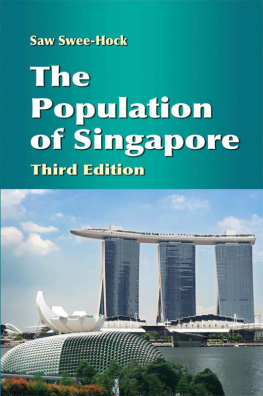
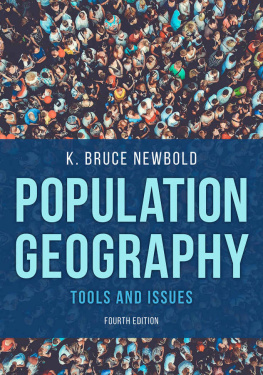
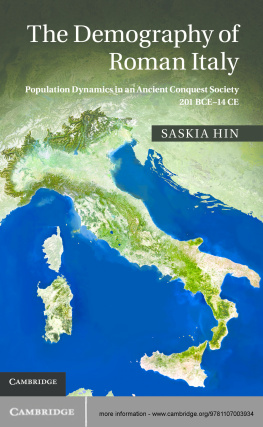
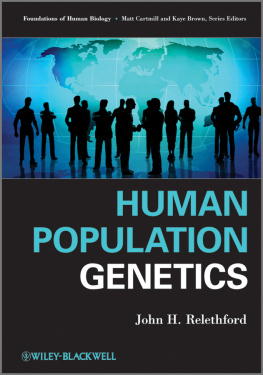

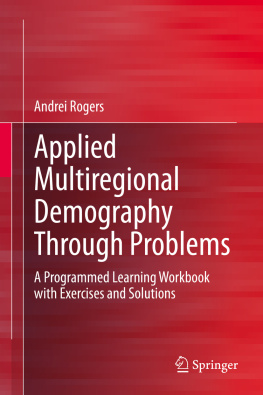

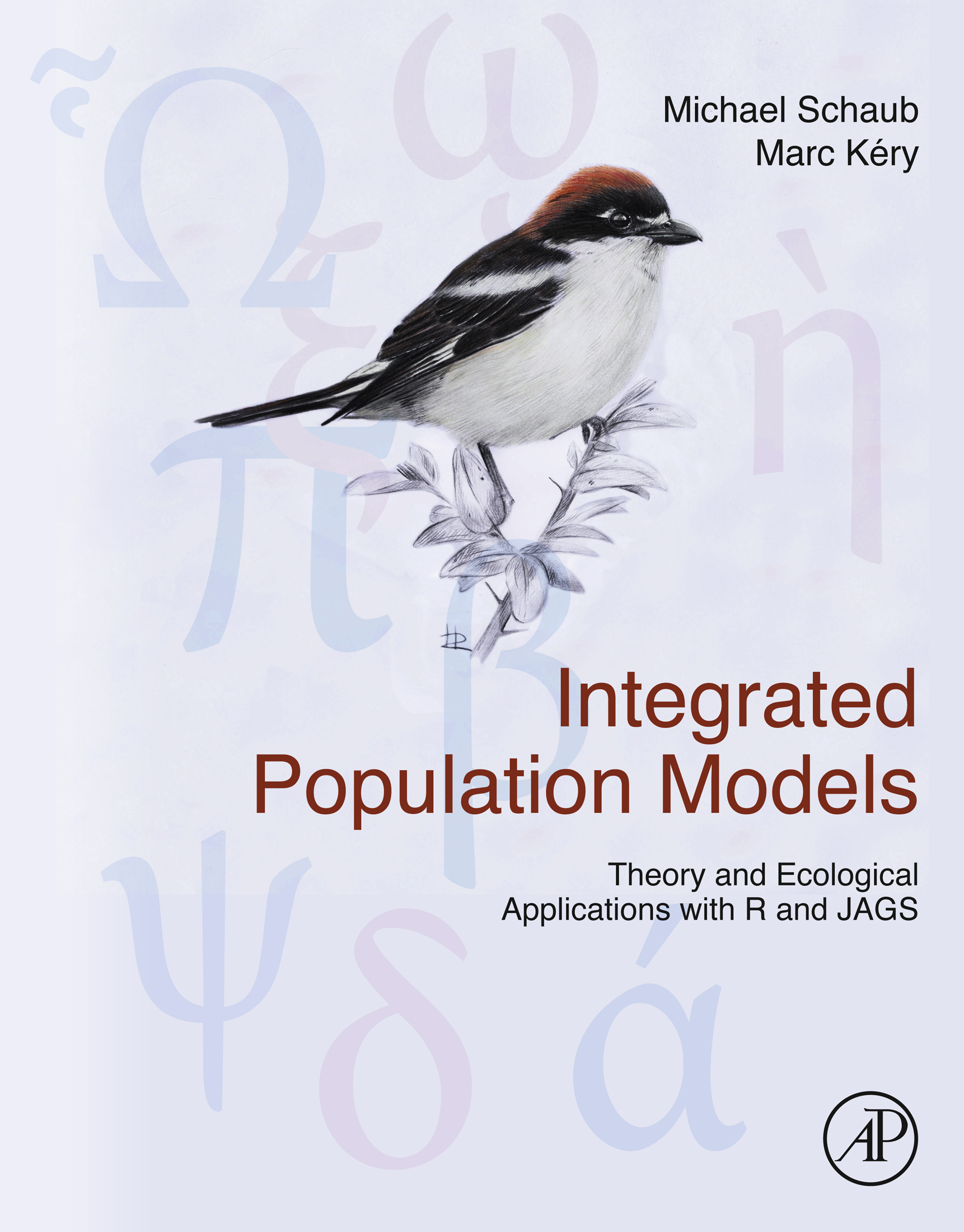


 = 1 + b x,t 1 + i x,t 1 d x,t 1 e x,t 1. However, the dynamics of some (e.g., birth-flow) populations are better described in continuous time, and the demographic parameters and abundance state variable might importantly be structured by age, developmental stage, size, phenotype, or even genotype. These states of individuals might be measured continuously or with discrete categories, and in the real world, all demographic parameters are influenced by a large suite of biotic, abiotic, and anthropogenic forces. Too many, in fact, to estimate everything, and we must always deal with multiple uncertainties when making inferences about population dynamics. Alas, the job of a population ecologist is extremely challenging!
= 1 + b x,t 1 + i x,t 1 d x,t 1 e x,t 1. However, the dynamics of some (e.g., birth-flow) populations are better described in continuous time, and the demographic parameters and abundance state variable might importantly be structured by age, developmental stage, size, phenotype, or even genotype. These states of individuals might be measured continuously or with discrete categories, and in the real world, all demographic parameters are influenced by a large suite of biotic, abiotic, and anthropogenic forces. Too many, in fact, to estimate everything, and we must always deal with multiple uncertainties when making inferences about population dynamics. Alas, the job of a population ecologist is extremely challenging!